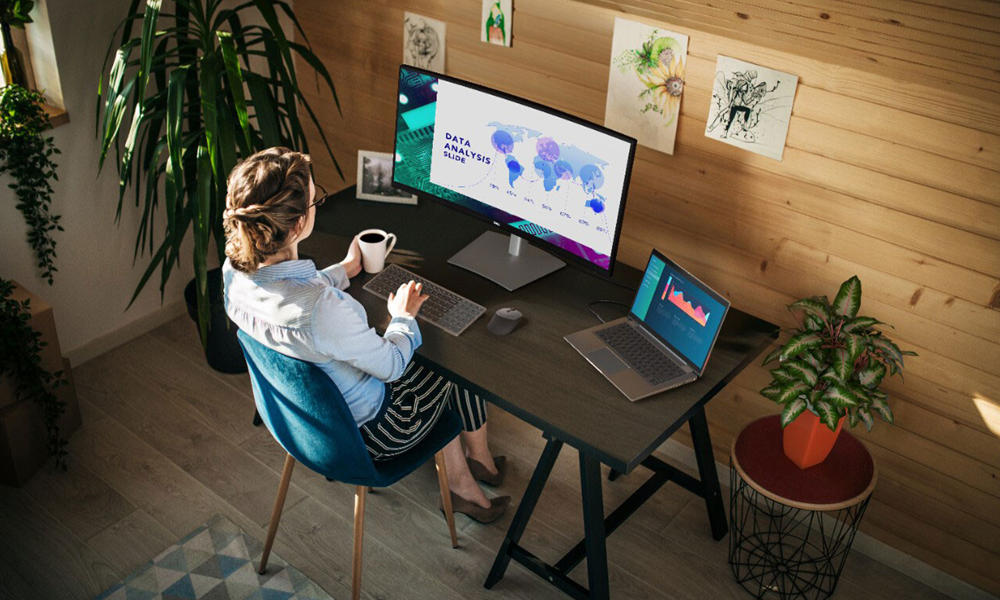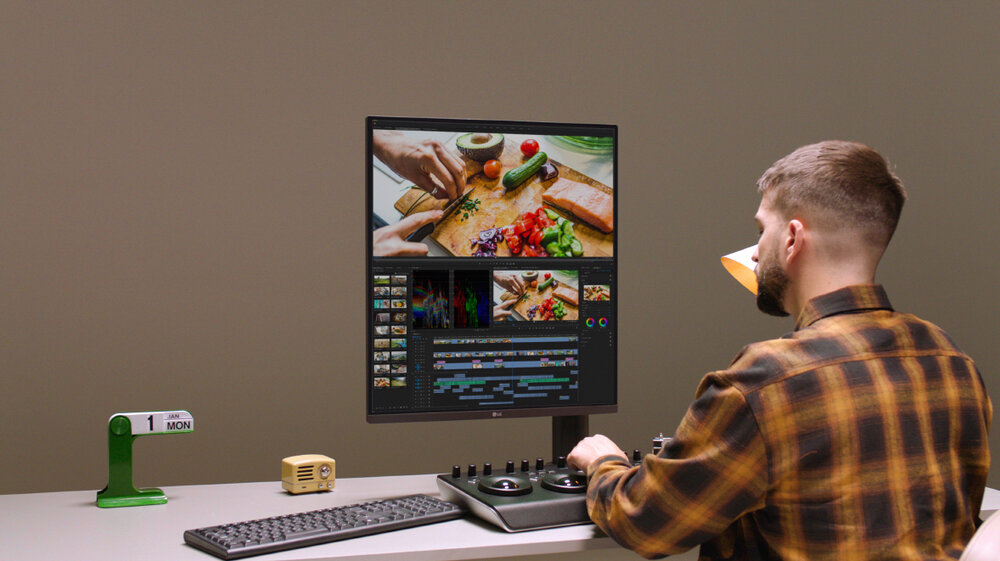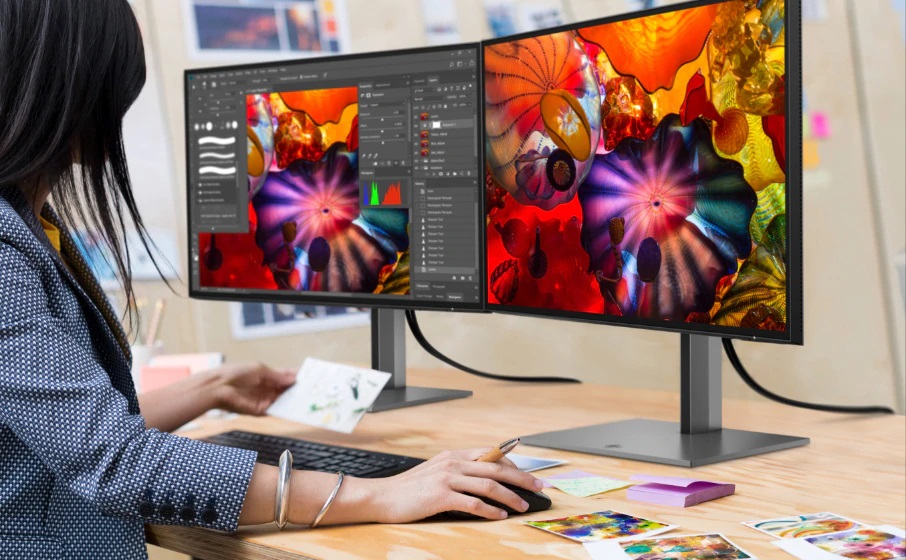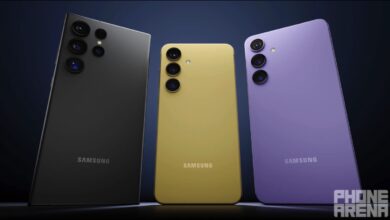
One of the elements that the pandemic has shown to be essential in our “home office” is having a good monitor. And it is that after many hours of remote work, almost all professionals agree that having an external monitor (instead of spending eight hours a day absorbed in the screen of your laptop), not only improves your productivity, but also favors its ergonomics and helps them not to be so tired at the end of the day.
But what characteristics does a monitor have to have with which above all let’s telework? What are the elements that we have to take into account? What type of screen is the best for our employees? In this article we are going to try to clear up some of the most common doubts that usually arise.
screen resolution
One of the first elements that you have to take into account when choosing a monitor is the screen resolution. The resolution is really nothing more than the number of pixels that can be displayed on the panel. The more pixels it can display, the more information will be projected on the monitor and the resulting image will almost always be of higher quality.
In 2022, the minimum you have to ask your monitor is to have a resolution of 1,920 x 1,080 pixelsalso known as Full HD or FHD. And what about 4K or even 5K monitors? Incorporating them into your “home office” will largely depend on your budget and needs.
If all you are going to do is work with office documents and a web application, it may be an investment that you can save for now. On the other hand, if you have to work with photography and much more with video, a good 4K monitor can make a difference. On the other hand, and due to its great capacity to display information on the screen, if you have to work with huge spreadsheets or if you are a professional programmer, having higher resolutions will also can help you be more productive.
screen format
The format of the screen informs about the proportion that exists between the width and height of the screen. The most common formats are 3:2, 4:3 and 16:10 but there are many others. The more the difference between width and height grows, the more “horizontally stretched” the screen will be and vice versa.
The ideal here is that if we have to work with large text documents or many rows of data (likewise Excel tables) we lean towards monitors that favor height over width. On the other hand, for photography and multimedia work, the inverse relationship may be more interesting.
refresh rate
Surely when you’ve read monitor reviews, you’ve heard of “refresh rate”, a value that indicates how many times an image is redrawn on the monitor every second. If the refresh rate is low, it is likely that we will have the impression that our monitor “flickers” (it is known as flickering), which throughout a working day can become really uncomfortable, increasing our feeling of tiredness, eyestrain and headaches.
To work at home, we must ensure in this sense that the monitor we are going to choose has a refresh rate 60Hz minimum. perhaps more interesting being those that offer us up to 75 Hz or even 100 Hz. It is true that in the market we can already find monitors that reach up to 240 Hz or even 36 Hz, but in this case we are talking about devices designed for gamers who need great precision especially when playing online.
We can also appreciate that the manufacturer improves the management of these refresh rates with vertical synchronization technologies such as Free Sync from AMD or G-Sync Nvidia, which achieve greater stability in the images.
panel type
Depending on our professional activity, it may be interesting for us to opt for one type of panel or another. The most common that we will find in the market are the IPS (In-Plane Switching), TN, VA or OLED.
In almost all cases we will be interested in having an IPS panel, since they offer high viewing angles and offer us a great color representation. TN-type panels are ideal if, due to the applications that we are going to use (for example in the medical field), latency is a determining factor, since they offer a response speed of up to 1 millisecond, for which they are also highly appreciated. in the world of gaming
Those known as VA (Vertical Alignment) perhaps combine both worlds, since they align the LEDs vertically on a glass plate, achieving better color representation than TN and a much better response speed than IPS. Finally, OLEDs stand out for their pure blacks and their great contrasts and although they are great in many scenarios their high cost can still be a barrier for many.
Discover how your work can improve with a good monitor
The characteristics that we have referred to so far are just some of the ones that you have to take into account when choosing a good monitor either for your home office, or for the job of your employees.
However, there are other elements that we have to take into account and that are worth considering especially at this time when hybrid work is becoming a “new normal” for many companies.
They tell us about it in the report prepared by Forrester Consulting and Dell “Power your hybrid workspace with monitors”. Do not miss it!





